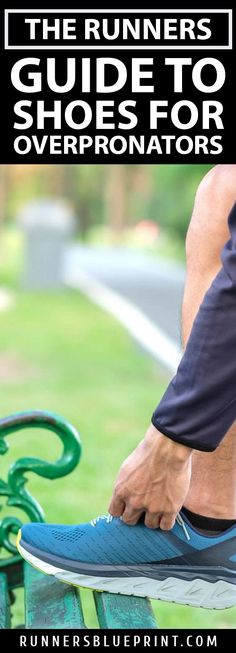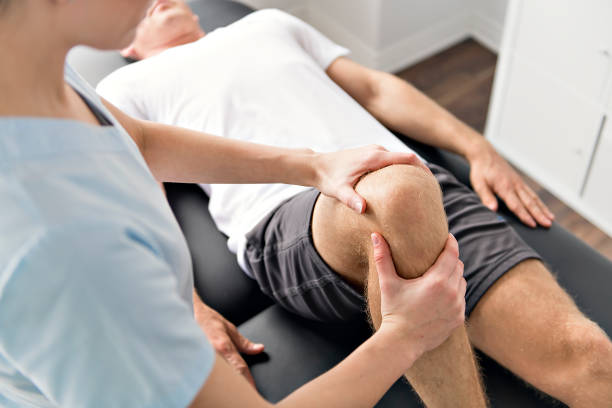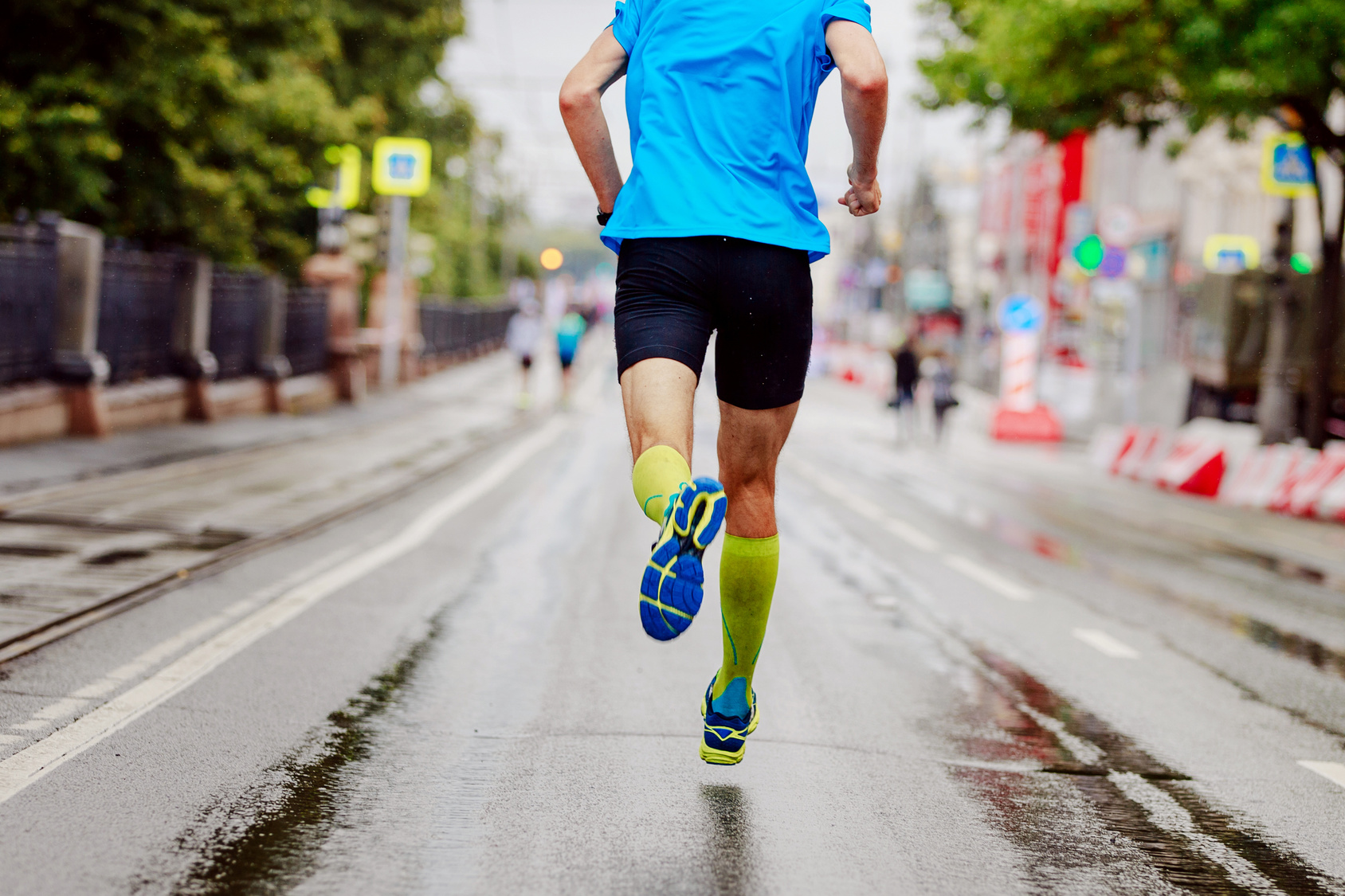Finland has a national action program dubbed Finnish Schools on the Move (FSM). Under the program, children in comprehensive schools go on a 15-minute break to play and socialize after every 45-minute lesson. On the program website, officials say engaging in physical activity improves learning. Away from Finland, studies done over the years show a strong link between exercising and better performance in school.
You may have thought of incorporating a running regime into your study plan. Well, Finnish education authorities show you’re on the right track. And it’s possible to do both activities well, especially if you choose to buy Studybay.com papers and essays, where buying an essay online can place you miles ahead in your studies.
Let’s look at how running helps improve academic performance.
Running Improves Memory
Running improves memory in several ways:
● It increases blood flow to the brain: Blood perfusion in the brain means better memory, so you develop better recall of what you study.
● It increases the size of the hippocampus: As a form of aerobic exercise, running increases the size of the hippocampus. A greater hippocampal volume is associated with improved memory.
● Supports endorphin production: Running raises body temperature and activates sweat glands. And as you sweat, the body ramps up the production of endorphins like dopamine and serotonin. These ‘happiness’ chemicals have a positive effect on learning and memory.
Running Improves Brain Activity
We’ve determined that running has an impact on hippocampal volume. The hippocampus, in turn, connects to the prefrontal cortex. This is the part of the brain responsible for:
● Comprehension
● Problem-solving
● Reasoning
● And creativity, among other functions.
Neuroscientists call these critical brain activities executive functioning. Unlike reflex action, executive functions are actions we take willfully. When you have excellent executive functioning, your academic achievements are likewise exemplary.
Running Helps You Focus Better in Class
Healthy hippocampus activity helps you block distractions, improving your concentration and focus. Running helps redirect your attention to where you need it most when school is in session:
● The classroom
● Group discussion
● Or private study time.
Running Helps with Multitasking
Another benefit of a healthy hippocampus is that it gives you cognitive flexibility, enabling you to multitask. Without this ability, you cannot take notes as the instructor is teaching. You would also find it hard to carry out instructions as the teacher gives them.
Running Improves Mood
According to Mayo Clinic, running lifts your mood and helps ease anxiety. When you’re less anxious and in good spirits, you’re more likely to concentrate while studying. Conversely, a depressive mood weighs down the brain and leads to cognitive dysfunction.
Scientists found that depression shrinks gray matter volume and reduces functional activity in the hippocampus. Your academic performance takes a hit when in such a condition. Even though life regularly throws us curveballs, you can push yourself to get your daily dose of exercise and, in this way, alleviate the symptoms of depression and anxiety.
FAQs
1. How Often Should I Run?
To get the most out of running, do it 3-5 days weekly, each lasting at least 30 minutes. Remember to have a rest day between your active days to give your muscles time to recuperate. Going at it every day of the week is unhealthy and will only hurt you in the end, as you develop tears in the muscle tissue, which leave you too sore to exercise.
If you haven’t been physically active, start small and then add to the minutes as you go on. A 10-minute run is acceptable for someone who’s just starting. Then increase it to 15, 20, 25, and 30 minutes every few days or week.
You may go beyond 30 minutes if you feel up to it. Let your body guide you. You’ll know when to increase the sprint duration as you listen to your body. Keep the intensity low initially, then increase it as your body adapts to the new routine.
The important thing is to keep your routine consistent. That’s how you get the benefits, by doing it week after week.
2. When Is the Best Time to Run?
You can run at any time. Some people prefer to do it early in the morning, some in the evening, and others during the day. Research into the different time slots shows that each has unique benefits. But for students who want to reap maximum academic gains from the exercise, plan your schedule so you finish your running session an hour before your study time.
Cognitive neuroscience researcher Prof. Charles Hillman reports that enhanced cognitive ability following a bout of exercise lasts at least an hour. That’s according to findings from a study he led on the impact of exercise on cognition in preadolescents. Running one hour before studying a particularly challenging topic can help with information absorption and retention.
3. Should I Eat Anything Before Running?
A prerun snack is important if you’re running for over an hour. Experts recommend eating a high-carb meal 3-4 hours before your run. Avoid foods that slow digestion, such as fat, fiber, and protein. You want your digestion system to work optimally to prevent the sluggishness that could impact your performance.
Carbohydrates are preferable as they increase the amount of glycogen in muscles, keeping your blood sugar levels high so you don’t develop hypoglycemia. Consuming carbohydrates also increases exogenous carbohydrate oxidation, which improves your endurance so you can run longer without exhaustion. Ensure you don’t take a heavy meal, as this can cause indigestion or nausea. Fruit, cereal, or an energy bar are all good snack options.
If you’re running for less than an hour, you can omit snacking before your run. But there’s no harm in taking a light meal 1-2 hours before your run. Should you opt out of a prerun snack, listen to your body during the run, and stop if you feel dizzy.
Take fluids to keep you hydrated before and during the run. Experts agree that spelling out a standard fluid intake threshold for every runner is impossible. The amount of water to take depends on the temperature, how long you intend to run, and how much you sweat. Keep a bottle of water with you and sip a little as you go if your body demands it.
Final Thoughts
Beyond improving posture and physical fitness, running can help improve your academic performance. It does this by boosting memory, focus, comprehension and problem-solving ability, and easing anxiety. To make these effects long-term, make running a lifestyle goal rather than a one-time or short-term endeavor.
References
American College of Sports Medicine Joint Position Statement. Nutrition and Athletic Performance – PubMed. (2016, March 1). PubMed. https://doi.org/10.1249/MSS.0000000000000852
Hillman seeks to understand exercise-cognition links. (2011, February 9). Default. https://beckman.illinois.edu/about/news/article/2011/02/09/72648afe-64e5-4977-a5d3-5768c81c778c
Oxidation of carbohydrate feedings during prolonged exercise: current thoughts, guidelines and directions for future research – PubMed. (2000, June 1). PubMed. https://doi.org/10.2165/00007256-200029060-00004
Beck, K. L., Thomson, J. S., Swift, R. J., & von Hurst, P. R. (2015, August 11). Role of nutrition in performance enhancement and postexercise recovery. PubMed Central (PMC). https://doi.org/10.2147/OAJSM.S33605
What to Eat Before Running. (n.d.). What to Eat Before Running. https://www.healthline.com/nutrition/what-to-eat-before-running
Running for health: Even a little bit is good, but a little more is probably better – Harvard Health. (2014, July 30). Harvard Health. https://www.health.harvard.edu/blog/running-health-even-little-bit-good-little-probably-better-201407307310
Mental Health Benefits of Running. (2023, May 9). WebMD. https://www.webmd.com/fitness-exercise/how-running-affects-mental-health
Zhang, F., Peng, W., Sweeney, J. A., Jia, Z., & Gong, Q. (2018, March 5). Brain structure alterations in depression: Psychoradiological evidence. PubMed Central (PMC). https://doi.org/10.1111/cns.12835
Depression and anxiety: Exercise eases symptoms. (2017, September 27). Mayo Clinic. https://www.mayoclinic.org/diseases-conditions/depression/in-depth/depression-and-exercise/art-20046495
C. (n.d.). Serotonin: What Is It, Function & Levels. Cleveland Clinic. https://my.clevelandclinic.org/health/articles/22572-serotonin
Voss, M. W., Soto, C., Yoo, S., Sodoma, M., Vivar, C., & Praag, H. V. (2019, February 16). Exercise and hippocampal memory systems. PubMed Central (PMC). https://doi.org/10.1016/j.tics.2019.01.006
C. (n.d.). Serotonin: What Is It, Function & Levels. Cleveland Clinic. https://my.clevelandclinic.org/health/articles/22572-serotonin














